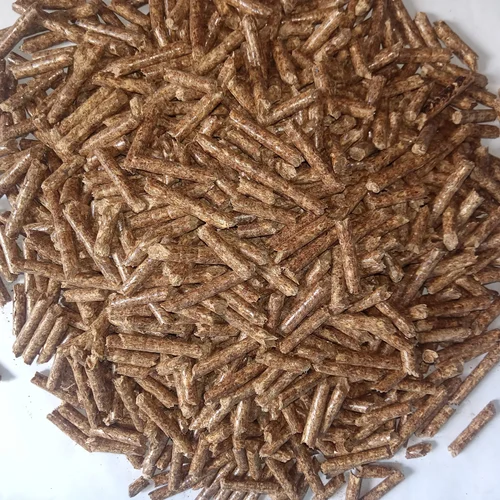Groundnut shell briquettes are compressed blocks or logs made from groundnut (peanut) shell biomass. Groundnut shells are a byproduct of peanut processing, and they can be converted into briquettes through a process called briquetting.
The process typically involves grinding or crushing the groundnut shells into a fine powder or small particles. The ground material is then mixed with a binder, such as starch or lignin, to help hold the particles together. The mixture is compacted under high pressure using a briquetting machine, which forms it into the desired shape, often cylindrical or cuboid.
Groundnut shell briquettes have several potential uses and benefits:
- Fuel: Briquettes made from groundnut shells can serve as an alternative fuel source for heating and cooking purposes. They can be used in stoves, boilers, and other heating appliances.
- Renewable Energy: Groundnut shell briquettes are considered a renewable energy source since groundnut shells are a biomass material that can be replenished through agricultural processes.
- Waste Management: Utilizing groundnut shells to produce briquettes helps in managing agricultural waste by providing a value-added product from a byproduct that might otherwise be discarded or burned inefficiently.
- Carbon Neutrality: When burned, groundnut shell briquettes release carbon dioxide, but since the carbon dioxide released is absorbed by the next crop of groundnuts during their growth, the process is considered carbon neutral.
- Low Emissions: Groundnut shell briquettes generally produce lower emissions compared to traditional fuels like coal or wood, contributing to reduced air pollution and improved indoor air quality.
- Cost-Effective: Depending on the availability of groundnut shells and the local market, briquettes made from groundnut shells can offer a cost-effective alternative to conventional fuels.




Reviews
There are no reviews yet.